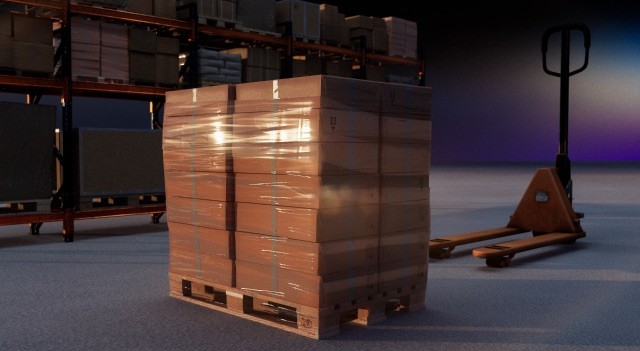Simplified Shipping for Your LTL Freight

Are you looking to ship freight via less-than-truckload (LTL)?
No matter how big or small your business is, you want an economical way to move your freight. Shipping LTL with J.B. Hunt can improve your bottom line, provide visibility into performance metrics and costs and streamline shipments using reliable LTL carriers.
Shippers need to look at several things before booking a LTL shipment. In this blog, we’re going to talk about what you need to pay attention to, and what we can provide to make your booking experience as easy as possible.
Ready to move your LTL freight?
Tips for Shipping LTL Freight
Shipping freight via LTL can be a great option for your supply chain. But to move it effectively, it's important that you consider all the factors that can impact an LTL shipment. In this video, Megan, an LTL expert at J.B. Hunt, walks through six things to keep in mind when booking your LTL freight!
- Package Your Freight Adequately - LTL freight is often handled and stacked multiple times, so use protective packaging like foam or shrink wrap to properly secure to a handling unit like a pallet and clearly mark "non-stackable" on both the freight and bill of lading.
- Plan for Realistic Transit Times - LTL shipping can face delays, so for time-sensitive freight, request expedited or guaranteed service and remember that transit times exclude weekends and holidays and typically begin with afternoon pickups.
- Pay Attention to the Details - Freight costs depend on accurate shipment details—be precise with your freight’s weight, dimensions and freight class, and contact our customer support team if you're unsure.
- Understand the Additional Services You Need - Some shipments need extra services—like a liftgate when a dock is not available, residential or delivery appointment services—which vary by provider and can impact price, so knowing your needs helps ensure proper handling and cost control.
- Use the J.B. Hunt Bill of Lading - LTL shipments typically make one to three stops in route so to track them with J.B. Hunt, you must use the J.B. Hunt Bill of Lading, which contains key shipment and service details.
- Determine the Accurate Freight Value - Knowing your shipment’s full value is key. LTL cargo liability varies by freight class and may not cover the full amount, so prepare shipments carefully to protect your budget and contact our customer support team with further questions.
Faster Freight Booking
We’re Driven for You™ and always focused on improving our technology. On J.B. Hunt 360°®, you can book your LTL shipment instantly without needing to create an account. You’ll get access to our reliable, nationwide carrier network and will be able to leverage our guided workflow for additional support while booking. You can unlock additional benefits, like increased visibility, by creating an account.
Simplifying Freight Code Classes
A lot of work goes into shipping LTL freight. Freight class codes help shippers and carriers determine what kind of merchandise is being shipped and how to ship it safely. Knowing the appropriate code and what is needed for your shipment is imperative to ensure you get an accurate quote.
Changes to this system from the NMFTA have gone into effect which will impact how some LTL shipments are priced. Our people are ready, and our technology is up to date to help you navigate these changes. We created a guided workflow for booking LTL shipments in your J.B. Hunt 360° account to help take out some of the guesswork when it comes to freight class and accessorial selections.
Ready to Ship?
Get a quote now and see if J.B. Hunt LTL shipping is right for your business!

